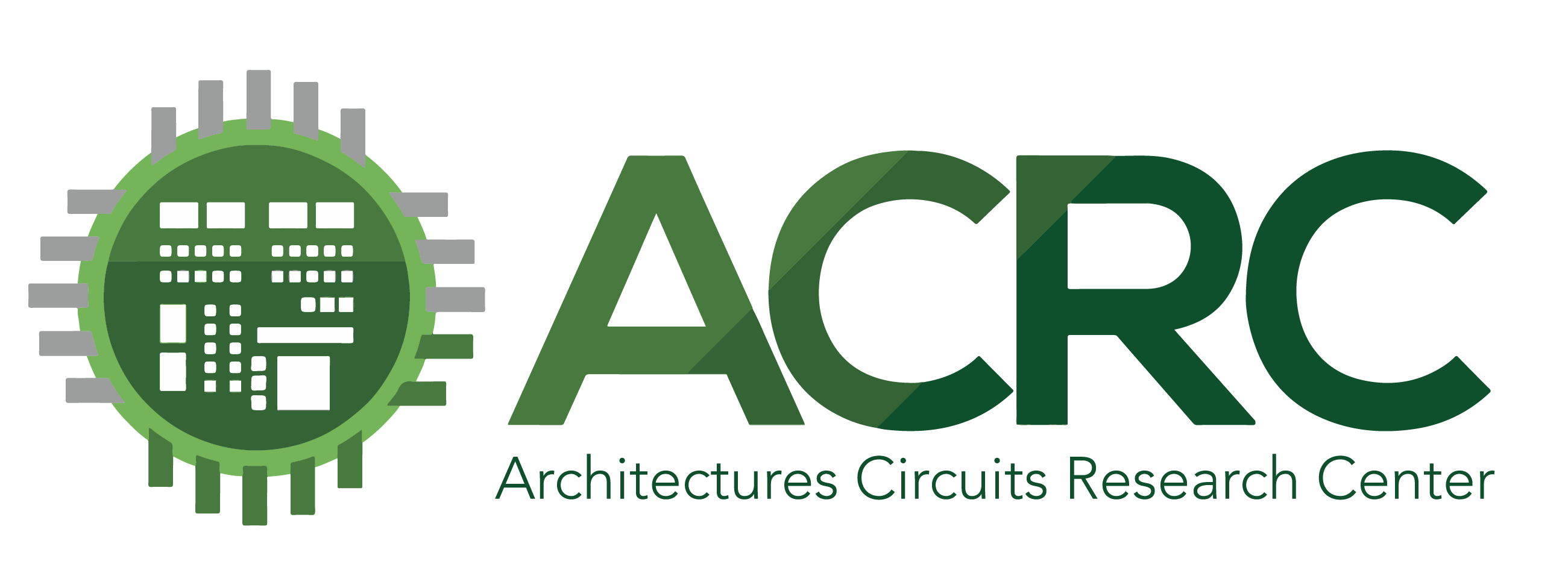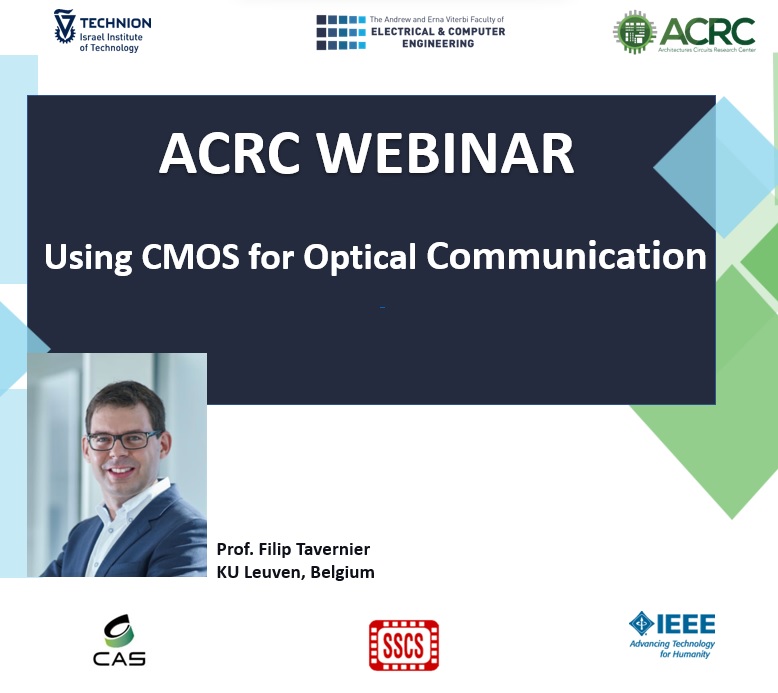I will discuss the challenge of using CMOS chips in optical communication applications in this talk. Optical communication has many advantages compared to copper and wireless systems. However, the optical-electrical conversion in the receiver typically requires an external photodiode adding volume and cost to the system. I will explain how it is possible to realize fully integrated optical receivers in CMOS using a pn-photodiode or a Schottky photodiode. While the former is only sensitive to 850 nm light, the latter is sensitive to the more abundant 1310 nm and 1550 nm wavelengths. Due to the intrinsically low response of these integrated photodiodes, low-noise readout circuits are required, which I will also discuss.
Filip Tavernier obtained the M.Sc. degree in Electrical Engineering and the Ph.D. degree in Engineering Science from KU Leuven, Leuven, Belgium, in 2005 and 2011, respectively. During 20112014, he was Senior Fellow in the microelectronics group at the European Organization for Nuclear Research (CERN) in Geneva, Switzerland. He was involved in chip designs for the upgrade program of the Large Hadron Collider (LHC) experiments. In 2014, he rejoined KU Leuven at the Department of Electrical Engineering (ESAT-MICAS). As of October 2015, he has been a professor within the same department. His main research interests include circuits for optical communication, data converters, DC-DC converters, and chips for cryogenic environments. Filip is a member of the technical program committees of ESSCIRC, CICC, and SBCCI. He has been SSC-L Guest Editor and is the current SSCS Webinar Chair.
Important: The participation is free of charge, but registration is required
For more details and updates on the series of “ACRC Semiconductor Webinars” please follow our newsletters and our website



